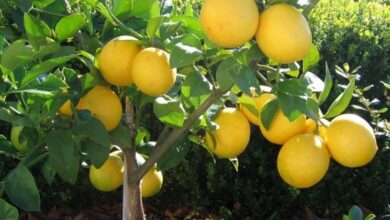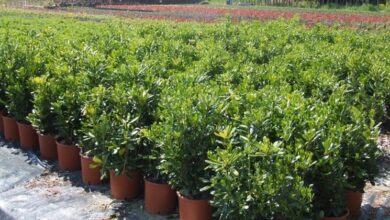Winter jasmine
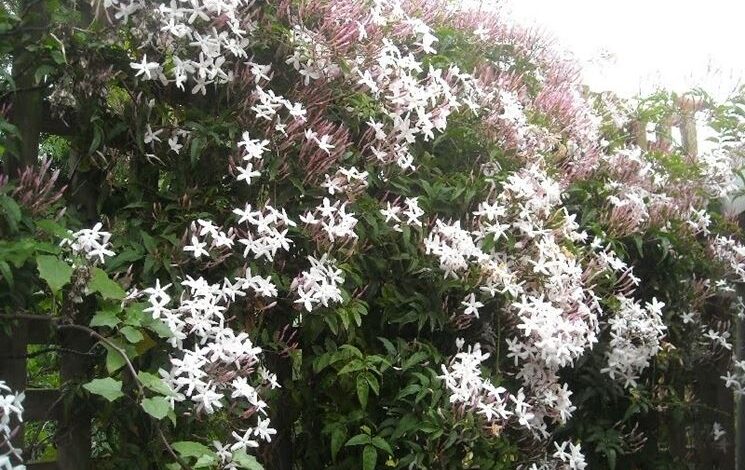
Winter jasmine
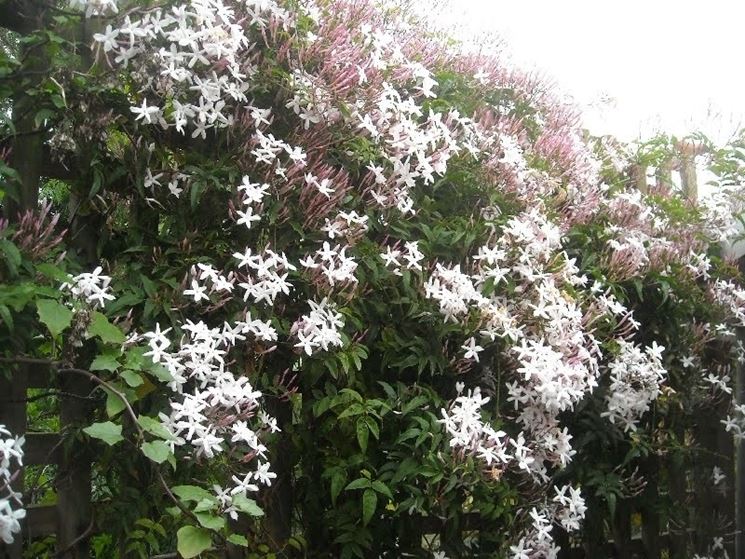
The winter jasmine has as botanical name Jasminum nudiflorum. The Latin term nudiflorum probably alludes to the fact that the branches of the plant are bare when the flowers bloom, as these appear before the leaves. The leaves are small, three-lobed, leathery, and of a beautiful bright green color. They are transient, and constitute an excellent barrier against wind and noise. For this reason, even if winter jasmine is not really a climbing plant, it is often made to cling to supports to create flower walls. The flowers are yellow in color, but unlike the white flowers of summer jasmine, they do not give off any scent. The plant can grow up to about three meters in height, and is a shrub native to China that is very resistant to cold and bad weather.
How winter jasmine is grown
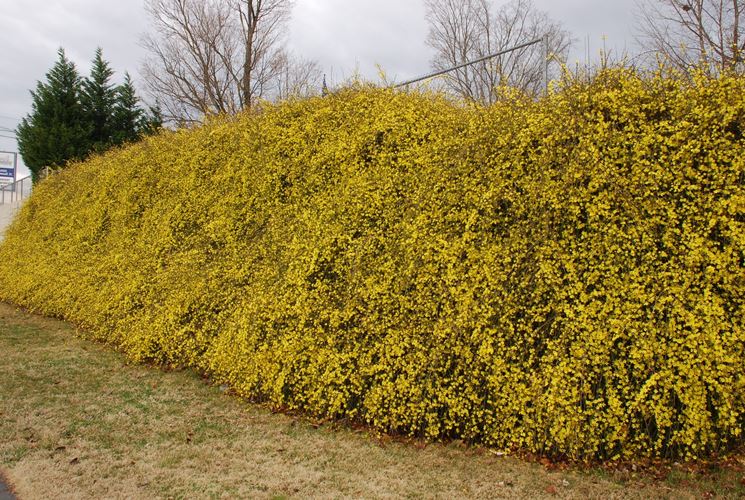
An advantage of having winter jasmine in the garden, or on the balcony, therefore, is to be able to enjoy its flowering during the months when the other plants are usually completely bare. Furthermore, it also has the advantage of requiring very little care, especially if you remember to observe some precautions when planting. The soil in which winter jasmine is planted should always be rich in humus, so it would be good to fertilize it with organic manure, to be placed around the roots. The exposure should preferably be south or west, never east, because the morning sun is too weak for this plant. In reality, winter jasmine does not need exposure to the sun, but it would be good for the sun’s rays to reach it as much as possible, because in this way it will produce more flowers than leaves. As we said, the winter jasmine does not fear the cold, but if the winter is particularly harsh it should be covered with a non-woven fabric sheet.
Winter jasmine: How to cure winter jasmine
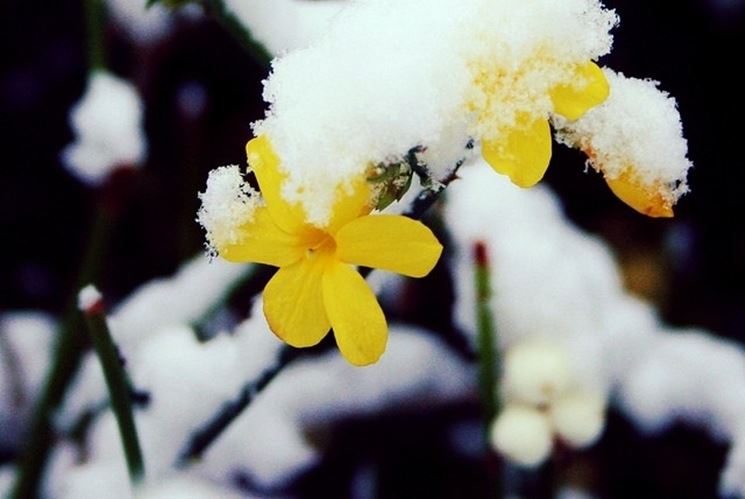
Once planted, winter jasmine will grow with virtually no other care needed. In fact, it does not need any other water than rainwater: only if the summer is particularly dry, you should take care to water it at least once every two weeks. The pruning must be annual, in order to give a regular shape to the bush, and once every three years the plant should be cut at a height of 15 centimeters from the ground, to allow it to completely renew itself. Winter jasmine is not usually attacked by parasites, but it could be affected by cochineal, in which case the leaves must be cleaned well, and then treated with an appropriate pesticide. If you want to get other winter jasmine plants from the one you have, you can proceed by cuttings.

